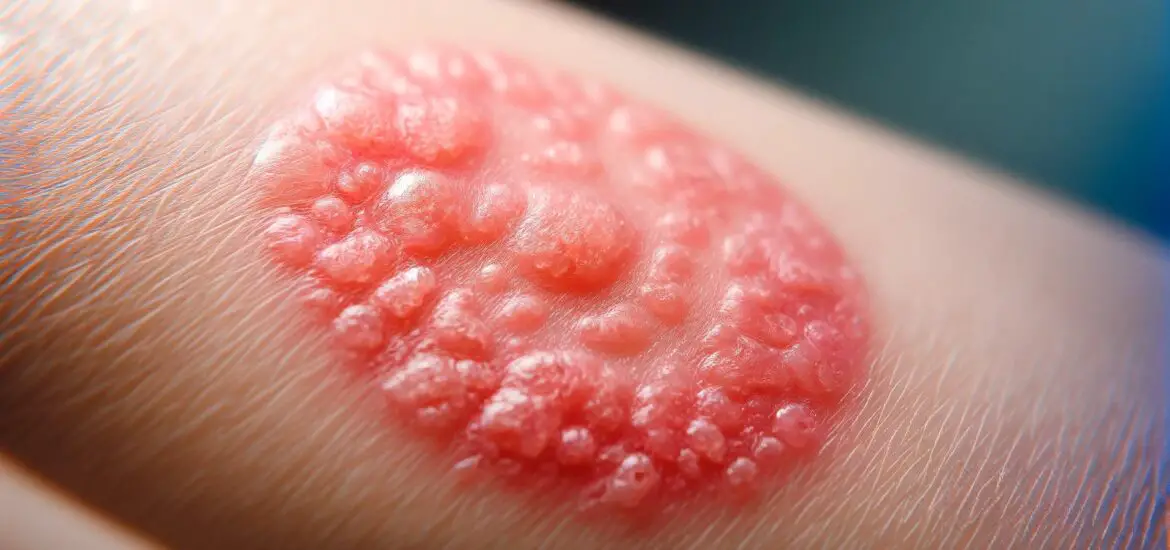This guide delves into the reasons behind the occurrence of pink skin after laser tattoo removal, how to care for it, and what signs to look out for to ensure a safe and effective healing process.

Table of Contents
Understanding Pink Skin After Laser Tattoo Removal
After a laser tattoo removal session, it’s not uncommon to see the treated skin area turn pink or reddish. This reaction is an indicator that your skin is healing from the intense light of the laser, which breaks down the tattoo ink. This process can cause temporary inflammation and increased blood flow, resulting in a pinkish tint.
The duration and intensity of the pink coloration depend on various factors, including your skin type, the depth and color of the tattoo, and the type of laser technology used. It’s important to remember that this is a normal part of the healing process and not a cause for alarm. The pink skin after laser tattoo removal indicates that your body is actively repairing the area affected by the laser treatment.
Immediate Care for Pink Skin After Laser Tattoo Removal
Proper aftercare following laser tattoo removal is crucial for effective healing and minimizing discomfort. Start by gently cleansing the area with a mild, fragrance-free soap and lukewarm water.
Avoid hot water as it can increase inflammation. Pat the area dry with a clean, soft towel instead of rubbing it. If recommended by your specialist, apply a thin layer of antibiotic ointment. This is to prevent bacterial infections and don’t forget to cover the area with a sterile bandage or gauze. The bandage or gauze helps in keeping the area clean and protected from environmental irritants.
It’s also essential to shield the treated skin from direct sunlight, as UV exposure can slow down healing and increase the risk of hyperpigmentation. If you must go outside, cover the area with clothing or use a physical barrier sunscreen.
Long-Term Skin Health Post-Removal
Maintaining the health of your skin after laser tattoo removal is key to a successful recovery. Once the initial healing phase is over and any scabs have naturally fallen off, it’s important to protect the area from the sun.
Use a broad-spectrum sunscreen with an SPF of 30 or higher like this Equate Sport Broad Spectrum Sunscreen. Ensure you reapply it regularly when exposed to sunlight.
Keeping the skin hydrated is also crucial. Apply a gentle, hypoallergenic moisturizer to keep the skin soft and aid in the healing process.
You can get this Cetaphil Hydrating Moisturizing Lotion from Walmart.
Check out these other articles…
Itchy Skin After Laser Tattoo Removal: Effective Remedies
Can You Still See a Tattoo After Laser Removal? Answered
What Should I Put on Skin After Laser Tattoo Removal?
Red Skin After Laser Tattoo Removal: 4 Causes & Solutions
How to Avoid Scarring After Laser Tattoo Removal: Easy Guide
White Skin After Laser Tattoo Removal: Causes & Care
Skin Peeling After Laser Tattoo Removal: Essential Care Tips
When to Consult a Professional
Seek professional medical advice if you experience symptoms that deviate from the typical healing process. These include severe pain, excessive swelling, blistering, signs of infection like pus, increasing redness, or fever. Such symptoms could indicate an allergic reaction, skin infection, or other complications requiring immediate attention.
Furthermore, if you have concerns about the healing process or if the pinkness does not fade after a reasonable period, consult with your laser treatment provider or a dermatologist. They can assess the condition of your skin and offer guidance or treatment options if necessary.
FAQ about Pink Skin and Laser Tattoo Removal
How long does pink skin typically last after treatment? The pinkness usually fades within a few weeks but can last longer depending on individual factors such as skin sensitivity, tattoo size, and location. Generally, the skin returns to its normal tone within 1 to 3 months.
Can I use skin care products on the treated area? Avoid using any skin care products on the treated area until it has fully healed, which usually takes a few days to a week. Once healed, use gentle, non-irritating products.
Is it normal for the area to feel warm or itchy? Yes, it’s normal for the treated area to feel slightly warm and itchy as it heals. However, if the sensation is severe or accompanied by other symptoms like swelling or redness, consult a professional.

